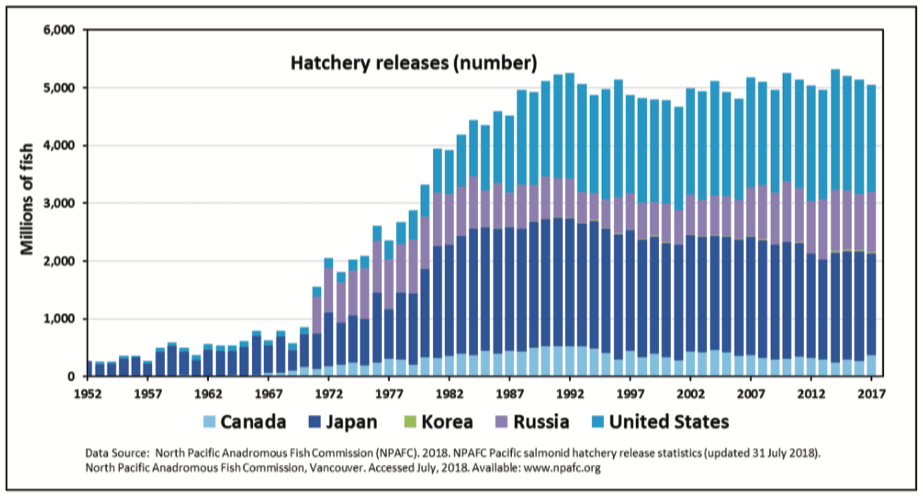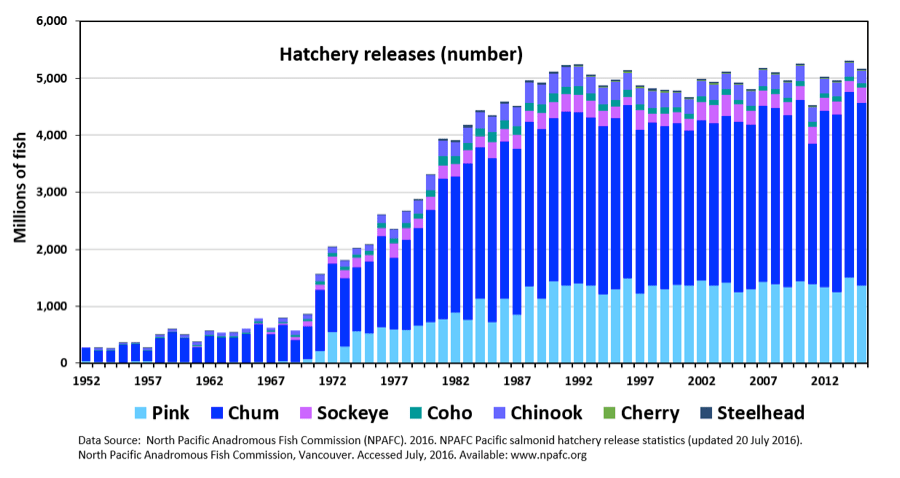
Pete Soverel writes about the abysmal results of using hatchery steelhead as a fisheries management tool and why it’s time we should try something different.
When I first arrived in Washington, steelhead were ubiquitous. 150 rivers were open to recreational angling. In Puget Sound alone, wild, naturally produced steelhead probably numbered 200,000 or more. Instead of husbanding this precious resource, the state adopted management regimes that substituted domesticated hatchery steelhead for naturally produced fish and authorized unsustainable harvest fisheries.
Sixty years later, what is left? Well, in a word, nothing. Wild steelhead populations are on life-support and hatchery populations have collapsed.
LINK (via: Herald Net)
If you’re in need of further proof these two graphs courtesy of Bob Hooton should get your attention.








Same with Atlantic salmon, fellas. But just tell the “Davos Types” and their Lesser But Still Money- and Expectation-Heavy Friends who mostly fish for them that Scotland is largely gone now, Norway is beginning to looking a bit “fragile” and still-safe-as-it’s-Way-North (though still in the fast being impacted and not to mention melting, “We’re not responsible!”, Arctic) Russia, that the current, take the money and run (advice note to end-users: make that FAST and somewhere extremely distant), Economic Model might be to blame, and The White Stripes’ “Queen of England and the Hounds of Hell” as well as the entitlement-heavy aforementioned will be after you. Neither a win for the poor old fish, just wild things with a price on their heads after all, nor for the people who make so much noise when professing to love them.
So sorry, fellas, but some tough love on ourselves is looking not only necessary but also absolutely vital now, if we’re to see chromers of all Pacific and Atlantic anadromous species leaping so high after a hookset that you find yourself having to look up at them (not to mention running like a maniac after them as they decide to return to sea).